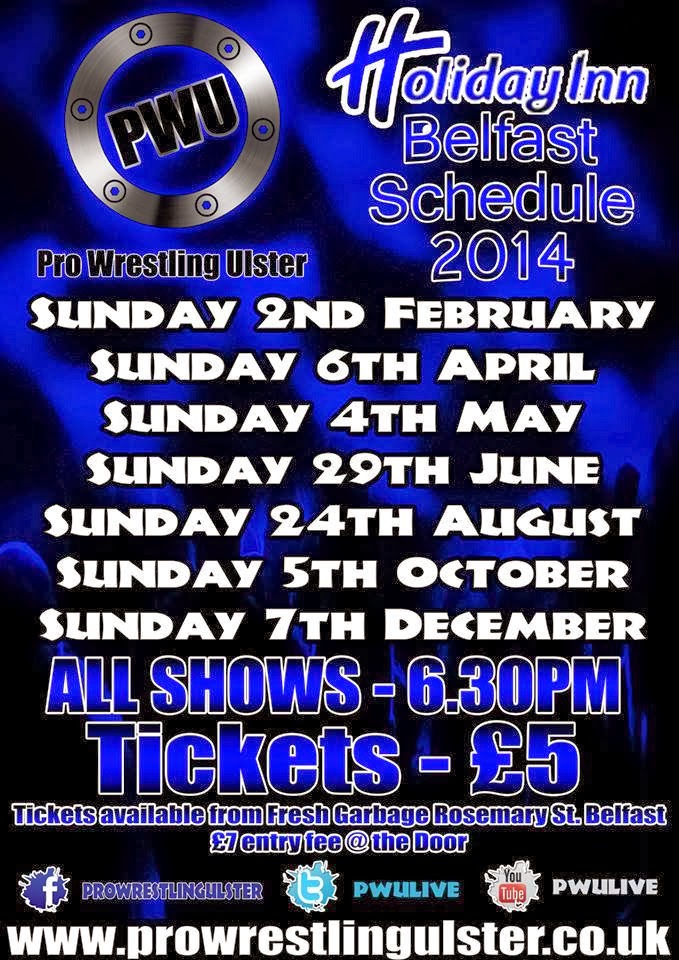We filmed a lot of shots of Rory working in the workshop. The workshop is very impressive and tells us a lot about Rory and the way he likes to work. It's a very relaxing and calming environment.
| Some of Rory's pieces to be fired |
We only filmed Rory working on some pieces as they will serve a great purpose for cutaways and telling us a lot about Rory and showing us how difficult and precise this craft is.
It's a massive confidence booster to get some filming done finally. We are going back to film on Sunday evening which will be a very exciting bit of filming as we get to film Rory firing the kiln. After that we need to film an interview with Rory and some location shots and that will be us finished.

